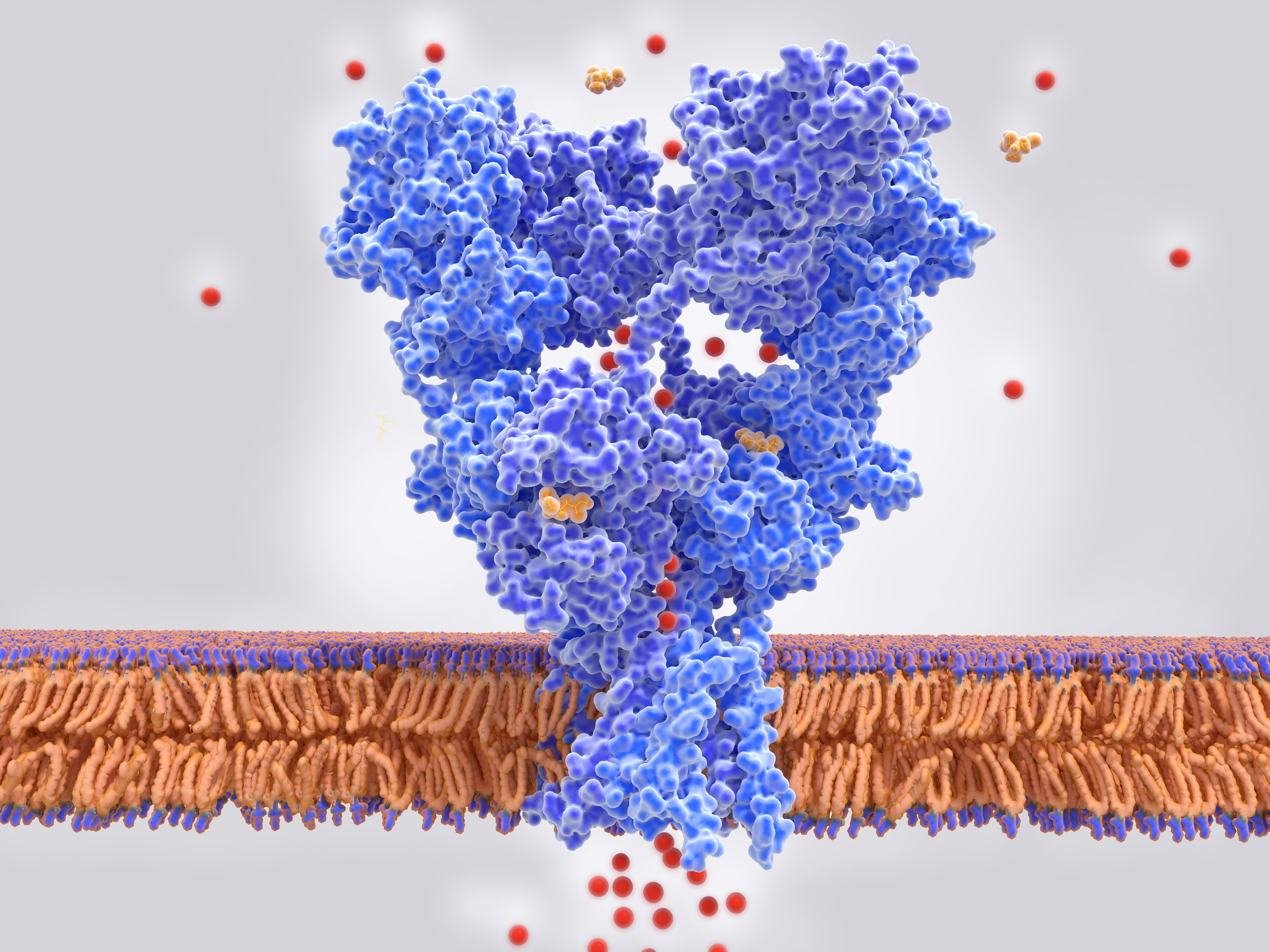Inhibitors of AMPA type glutamate ion channels for the treatment of neurological disorders such as ALS, Alzheimer's, and Parkinson's.
Ionotropic glutamate receptors (iGluRs) play special roles in brain activities, such as memory and learning, and have been implicated in a variety of neurological diseases, such as post-stroke cellular lesion and amyotrophic lateral sclerosis (ALS). Excessive activation of these receptors, especially the AMPA type, induces calcium-dependent excitotoxicity, the general mechanism underlying many neurodegenerative diseases such as ALS, Alzheimer’s disease and Parkinson’s syndrome. Using inhibitors to dampen this excessive activity could serve as a treatment approach, but challenges exist in developing inhibitors to selectively target the right receptor.
AMPA receptors as a subtype are a potential target for drug development for the treatment of some neurological disorders. However, there are four subunits in the AMPA receptor subtype, and it is preferable to inhibit the right subunit(s) for a particular neurological disease. This technology does just that by developing “subunit selective” inhibitors of AMPA-type glutamate ion channels. These inhibitors have a high affinity for their specific targets and have excellent water solubility for ease of delivery. This makes them ideal as potential therapeutic agents for a number of neurological disorders and diseases. They are also useful as biochemical probes for structure-function studies.

These inhibitors comprise a new approach to treatment of neurological disorders and offer compelling advantages such as:
• High potency rivaling existing small molecule inhibitors.
• Excellent selectivity.
• Better water solubility compared to other approaches.
These RNA aptamers could be used to develop therapies for a range of neurological disorders such as ALS, Huntington’s disease, and epilepsy.
This technology is protected by U.S. patent 9,200,286, “Subunit-selective nucleic acid inhibitors of glutamate receptors” awarded December 1, 2015.
https://patents.google.com/patent/US9200286
• TRL 4 – Technology has been validated in a lab.
This technology is available for licensing.
Neurological disorders are increasingly recognized as major causes of death and disability worldwide. Nearly 500,000 cases of brain tumor, multiple sclerosis, and amyotrophic lateral sclerosis (ALS) are diagnosed each year. Further, there are about 135 million epilepsy episodes annually and more than 10 million people worldwide are living with Parkinson’s disease. Further, nearly 6 million Americans are living with Alzheimer’s Disease. Companies developing treatments for neurological disorders are potential licensees for this technology.